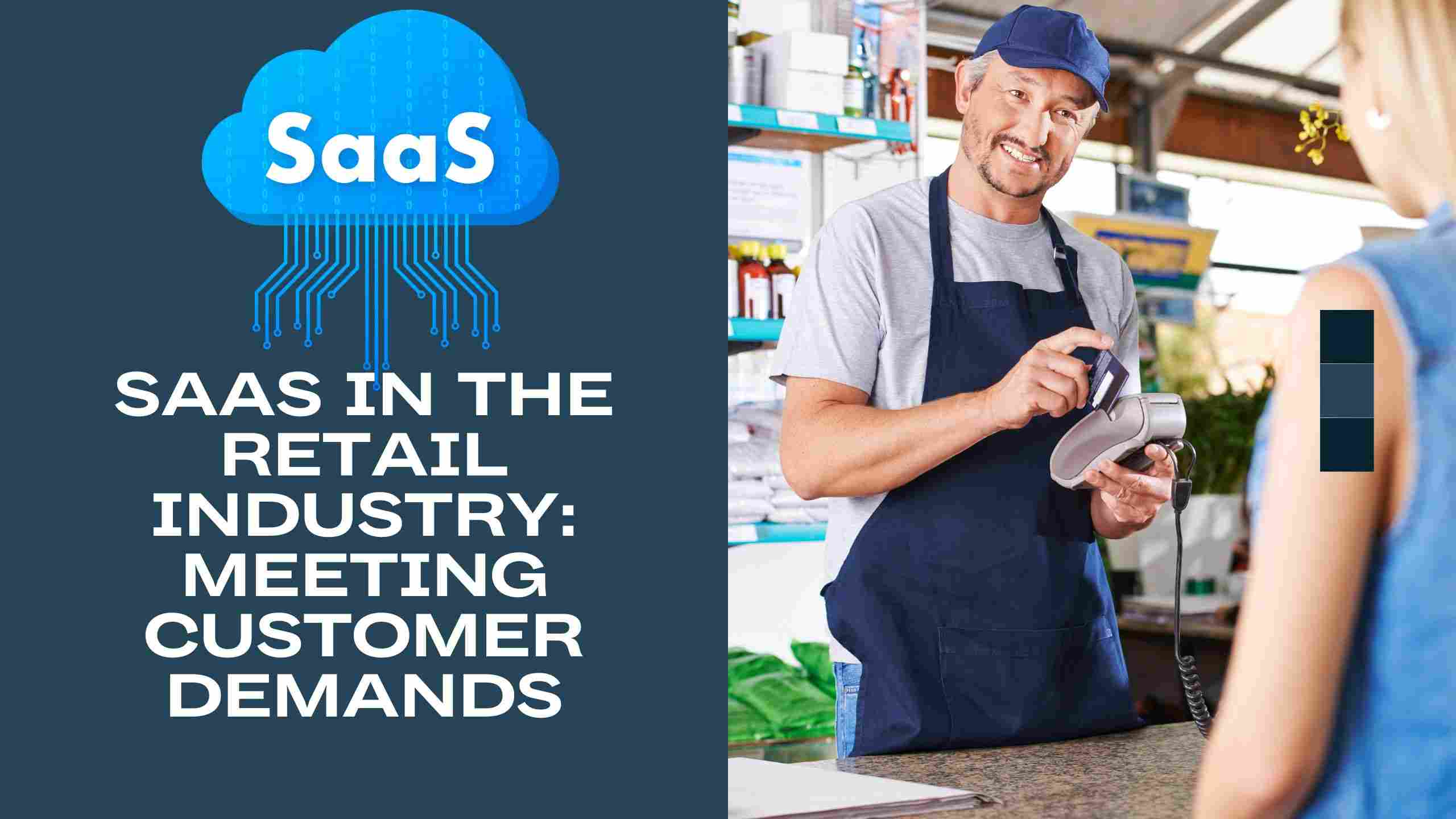SaaS in the Retail Industry: Meeting Customer Demands
- Conversational Marketing Software SEO Software Affiliate Marketing Software Marketing Tools


In recent years, the software-as-a-service (SaaS) industry has witnessed explosive growth. Entrepreneurs have flocked to this sector, attracted by the promise of low product development costs and high profit potential. However, the story of SaaS is not just about opportunity; it’s also about rapidly evolving customer expectations. As the SaaS landscape becomes increasingly competitive, customers expect more than ever before. In this article, we’ll explore what customers expect from SaaS companies in the retail industry and how companies can meet these demands.
Consistent Evolution
Gone are the days when SaaS companies could develop a software product, release it, and then focus solely on sales and a few bug fixes. The SaaS market has become fiercely competitive, with new players emerging regularly. With an array of alternatives available, customers won’t hesitate to switch if a product fails to keep pace with their evolving needs. Customers’ pain points change rapidly as their business processes evolve, demanding that SaaS products continually adapt. SaaS companies must be acutely aware of these shifts and proactively update their offerings to stay relevant. Failure to do so can result in customer churn.
Listening and Communication
To understand how to evolve, SaaS companies must actively listen to their customers and engage in effective communication. Customers today are more willing than ever to share their feedback and opinions. They expect SaaS companies to provide opportunities for this feedback and ensure that there’s a two-way dialogue. An engaged customer is a valuable customer, and SaaS companies need to foster this connection. 1Feedback tools, integrated communication within the app, live chat, and push notifications can facilitate this ongoing conversation. Tools like Beamer allow SaaS teams to collect in-app feedback, analyze customer reactions to updates, and maintain effective communication.
“”The future of communicating with customers rests in engaging with them through every possible channel: phone, e-mail, chat, Web, and social networks. Customers are discussing a company’s products and brand in real time. Companies need to join the conversation.” – Marc Benioff, Founder and co-CEO of Salesforce
Feature Velocity
Customers expect regular feature updates that cater to their evolving needs. SaaS companies need to analyze what features are most crucial, introduce new ones, integrate them frequently, and retire outdated ones. Introducing new features without proper onboarding and customer education is futile. SaaS companies must create comprehensive documentation, blog posts, and resources to ensure that customers can make the most of the new features. Keeping customers informed about feature updates and educating them on usage is vital for feature adoption.
Transparency
Transparency is essential, especially in a time when data privacy, breaches, and security concerns are at the forefront. SaaS companies, in particular, need to be transparent about how they operate, their policies, legal and privacy information, and their plans for progress and changes. Customers are increasingly sensitive to how companies handle their data and are demanding more openness. Being transparent and compliant with data privacy regulations is crucial in building trust and confidence with customers.
Personalization and Flexibility
Customers no longer settle for one-size-fits-all solutions. They want personalized, flexible options tailored to their specific needs. Pricing and feature plans need to align with customers’ requirements, allowing them to pay for what they need and nothing more. SaaS companies should offer a more à la carte approach to pricing and flexible resource allocation. Additionally, customers expect personalization within the product, especially in the B2B SaaS sector. They want the ability to integrate and white-label products, ensuring a seamless and branded user experience. 2
Customer Service
Despite the increasing automation of SaaS processes, customers still crave human interaction and reliable customer service. Live chat, hotlines, and responsive support are becoming the norm. Customers, especially those who rely heavily on a SaaS product, require prompt assistance. Smaller teams can use chat with AI-automated answers to provide quick responses to frequently asked questions. Having a well-organized resource center with visual elements like GIFs and videos is more engaging than extensive documentation. Analyzing customer comments and reactions on updates via tools like Beamer allows for real-time two-way communication, making customers feel heard and valued. 3
As we move into 2021, SaaS companies in the retail industry must anticipate greater competition, evolving customer preferences, and higher expectations. Those who understand and meet these expectations will stand out and thrive. The key to success in the SaaS world remains the same: delivering consistent value to customers. Meeting and exceeding customer demands requires a commitment to constant evolution, open communication, and a personalized approach. By embracing these principles, SaaS companies can ensure that they remain ahead of the competition and are well-prepared for the challenges and opportunities of the ever-changing SaaS landscape.





